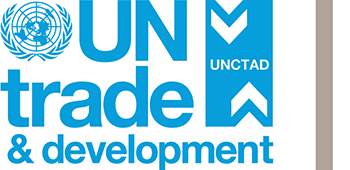Special Drawing Rights (SDRs) were created by the International Monetary Fund (IMF) in 1969 at a time of international reserve scarcity to supplement the reserve assets of IMF member countries. SDRs are not money per se but rather a potential claim on freely usable currencies of member countries. SDRs can be traded for these currencies at a variable but very low rate of interest. SDRs are a source of liquidity that can be particularly useful to small and financially constrained economies. In times of financial distress, SDRs offer a source of finance that is significantly cheaper than those available through the international capital market. Nations can use SDRs for a wide range of operations including: accumulating international reserves; payments of loans and financial obligations with the IMF and its members; and bolstering their fiscal budget in times of need.
Since their inception, there have been five allocations of SDRs. The largest allocation took place in 2021 as the COVID pandemic placed a particular strain on international liquidity. “This new SDR allocation featured three core objectives: 1/ offer additional reserve assets to countries with fragile balance of payments; 2/ relax countries’ budget constraints during the COVID pandemic, for instance to purchase vaccines; and 3/ help countries address longer-term climate challenges and digital transformation” (Lazard, 2022). Despite these intentions, only about one third of the new SDRs allocated were assigned to developing countries, the ones most gravely in need of international reserves. Since then, several large economies through the G20 have pledged to recycle their new SDRs to low- and vulnerable middle-income economies.
This paper:
- outlines SDRs’ advantages and shortcomings
- describes the mechanisms by which SDRs could be recycled to countries in need
- concludes with a brief discussion of the inherent contradictions in the use of SDRs.
